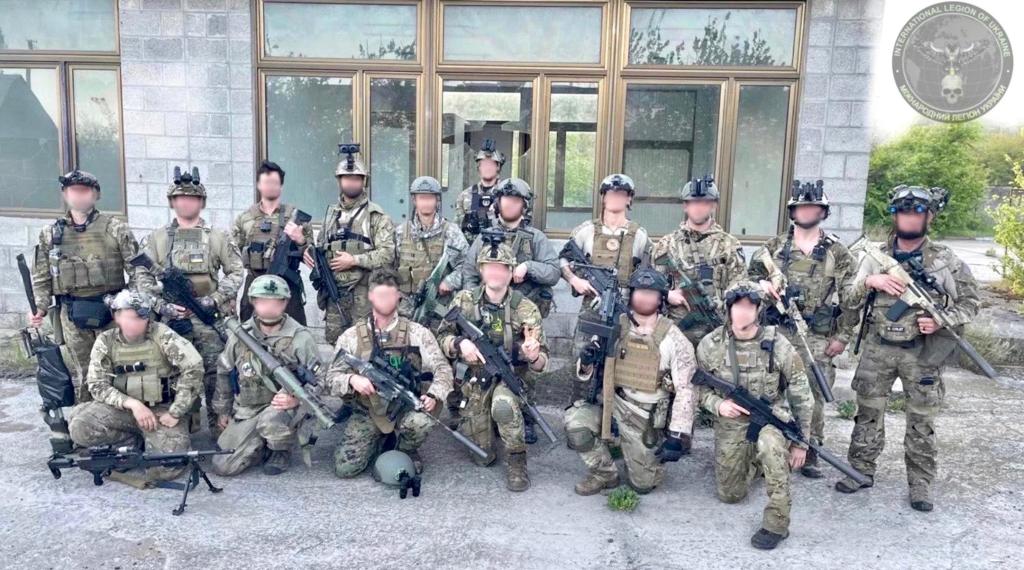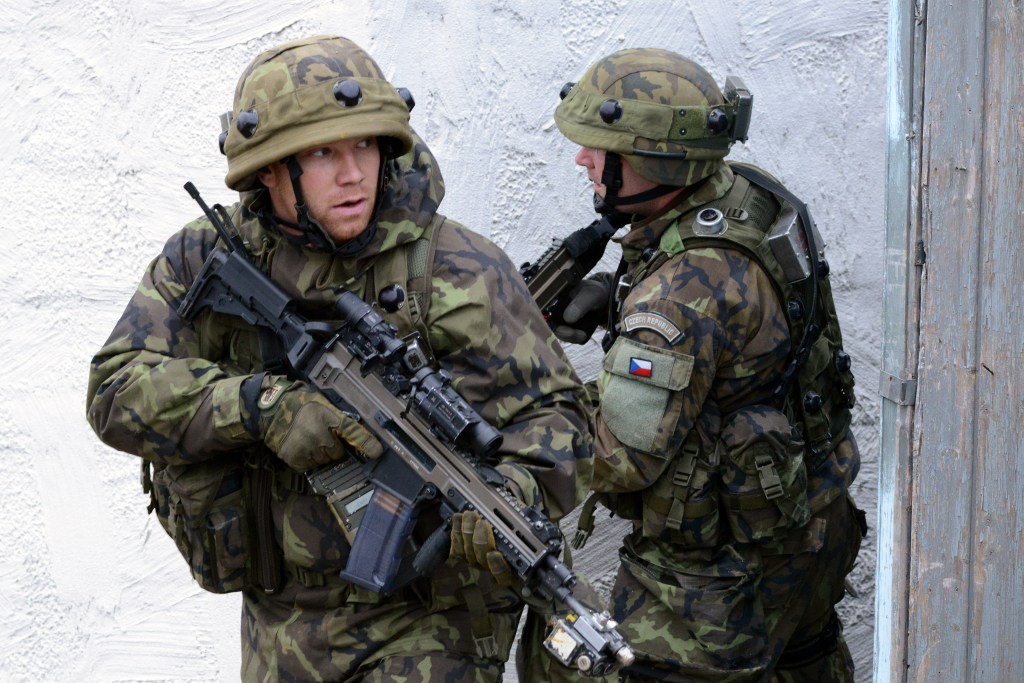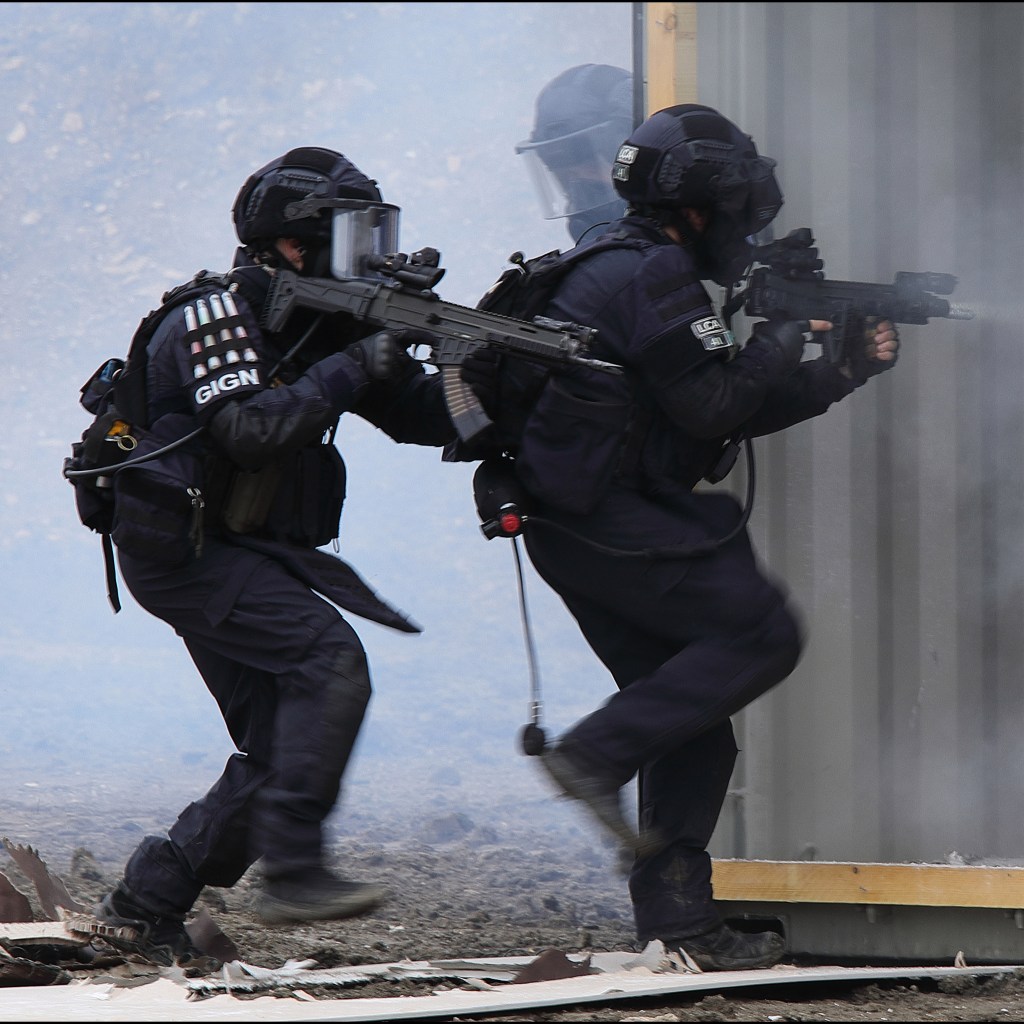World
NATO membership closer for Ukraine with the help of this rifle

The North Atlantic Treaty Organization is a military alliance in which the 32 member nations agree to support and defend each other against outside attacks. Key to the success of NATO in a potential conflict is interoperability. To that end, the militaries of NATO members agree on standards for everything from communications to logistics so that they can fight alongside each other. Because of this commonality, a British soldier can call in an airstrike from a French fighter plane and receive a spare magazine of ammunition from a German soldier. Leading up to, and especially since, the full-scale invasion by Russia, Ukraine has taken steps towards NATO interoperability.
NATO military requirements
Having a military that conforms to NATO standards is a requirement for member states. Ukraine’s military is moving away from its Soviet-era doctrine and equipment, and instead adopting those of NATO. Military advisers from NATO nations train Ukrainian troops and Ukraine is purchasing and receiving NATO military equipment including tanks, planes and small arms. However, Ukraine took a huge step toward NATO standardization when it signed a deal to have the CZ BREN 2 rifle assembled domestically and supplied to its armed forces.

CZ BREN 2
On February 23, 2024, Česká zbrojovka, a subsidiary of the Colt CZ Group, signed an Agreement of Intent with Ukroboronprom, Ukrainian Defense Industry, to assemble the Czech rifles in Ukraine.

“We are honored to support Ukraine’s efforts to adopt NATO standard equipment and increase the capability of its defense industry,” Česká zbrojovka CEO Jan Zajíc said in a statement. “This first step towards a full-scale transfer of technology project for the CZ BREN 2 rifle is a direct consequence of its successful deployment on the battlefield in Ukraine by the Ukrainian Armed Forces.” CZ BREN 2 rifles have been supplied to Ukraine and used extensively since the Russian invasion.

“The technology transfer from NATO member states marks a pivotal moment for our company, driven by successful international cooperation and ongoing defense reforms,” Ukroboronprom CEO Herman Smetanin said in a statement. “This initiative is a crucial step towards establishing an Arsenal of the Free World within Ukraine.” Ukrainian manufacturer RPC Fort previously signed an agreement with Israeli Weapon Industries to produce the IWI Tavor rifle under license. Unlike the Tavor, the CZ BREN 2 has been adopted by the Czech Army and Hungarian Defense Forces, both NATO, as a standard-issue rifle.

Under the Soviet Union, Czechoslovakia was the only Warsaw Pact member whose military did not adopt a Soviet AK-47/AKM-based rifle. Instead, they developed the Sa Vz. 58 rifle chambered in 7.62x39mm to conform to Warsaw Pact standards. Following the dissolution of the Soviet Union and the breakup of Czechoslovakia, Czechia became one of the first three former Warsaw Members to join NATO. With this the Czech Army needed to retrofit its old rifles to accept NATO magazines and ammo or procure a new rifle. Opting for the latter solution, the CZ 805 BREN was adopted in 2014 with deliveries of the updated CZ BREN 2 beginning two years later.

The CZ BREN 2 is a short-stroke gas piston assault rifle. Its modular design allows the weapon’s caliber to be changed by swapping out the barrel, gas tube, breech block, magazine well, and magazine. Like other NATO rifles, the BREN 2 accepts all NATO-standard 5.56mm magazines and rounds. Not only did the CZ BREN 2 pass NATO AC/225 testing, the rifle is famously tough. James Reeves of TFB TV fired a .300 Blackout round through a 5.56 CZ BREN 2 and the rifle’s barrel remained intact and unobstructed despite firing a mismatched bullet.

In addition to adopting the CZ BREN 2 for domestic production and supply, Ukraine is bringing in NATO ammo production. Czech ammunition manufacturer Sellier & Bellot will assist Ukraine with standing up domestic production of NATO-specification ammo. Although Ukraine has received a wide array on NATO rifles, the domestic production of a NATO rifle and ammunition to go with it represents a major step towards Ukraine’s future admission to the alliance.







:max_bytes(150000):strip_icc()/roundup-writereditor-loved-deals-tout-f5de51f85de145b2b1eb99cdb7b6cb84.jpg)


